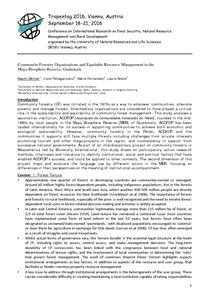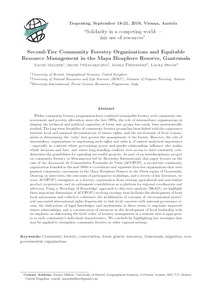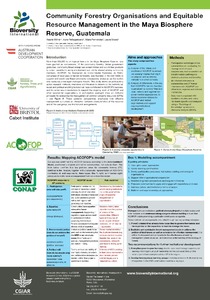Location
The University of Bristol is a red brick research university located in Bristol, United Kingdom. It received its royal charter in 1909, although like the University of the West of England and the University of Bath, it first started as the Merchant Venturers Navigation School in 1595. Its key predecessor institution, University College, Bristol, had been in existence since 1876.
Bristol is organised into six academic faculties composed of multiple schools and departments running over 200 undergraduate courses largely situated in the Tyndalls Park area of the city. The university had a total income of £565.8 million in 2015/16, of which £146.2 million was from research grants and contracts. It is the largest independent employer in Bristol.
The University of Bristol is ranked 37th by the QS World University Rankings 2015-16, and is ranked amongst the top 10 of UK universities by QS, THE, and ARWU. A highly selective institution, it has an average of 6.4 (Sciences faculty) to 13.1 (Medicine & Dentistry Faculty) applicants for each undergraduate place. The University of Bristol was the youngest British university to be ranked among the top 40 institutions in the world according to the yearly QS World University Rankings for 2009. The University of Bristol is ranked 9th in the UK for its research power, according to the Research Excellence Framework (REF) 2014.
Source: Wikipedia (d.d. November 13th 2017)
Members:
Resources
Displaying 1 - 5 of 8Grand challenges in sustainable intensification and ecosystem services
Second-tier community forestry organisations and equitable resource management in the Maya Biosphere Reserve, Guatemala
Community forestry (CF) was initiated in the 1970s as a way to empower communities, alleviate poverty and manage forests. Intermediary organisations are considered to have played a critical role in the sustainability and equitability of community forest management. This study analyses a second-tier institution, ACOFOP [Asociación de Comunidades Forestales de Petén], founded in the mid-1990s by local people in the Maya Biosphere Reserve [MBR] of Guatemala. ACOFOP has been
Second-tier community forestry organisations and equitable resource management in the Maya Biosphere Reserve, Guatemala
Whilst community forestry programmes have combined sustainable forestry with community empowerment and poverty alleviation since the late 1970s, the role of intermediary organisations in shaping the technical and political capacities of forest user groups has rarely been systematically studied. The long-term durability of community forestry groups has been linked with the congruence between local and national determinations of tenure rights, and the involvement of local communities in determining the ‘rules' that govern the management of the forests.
Community forestry organizations and equitable resource management in the Mayo Biosphere Reserve, Guatamala
Spotting East African mammals in open savannah from Space
Knowledge of population dynamics is essential for managing and conserving wildlife. Traditional methods of counting wild animals such as aerial survey or ground counts not only disturb animals, but also can be labour intensive and costly. New, commercially available very high-resolution satellite images offer great potential for accurate estimates of animal abundance over large open areas. However, little research has been conducted in the area of satellite-aided wildlife census, although computer processing speeds and image analysis algorithms have vastly improved.






